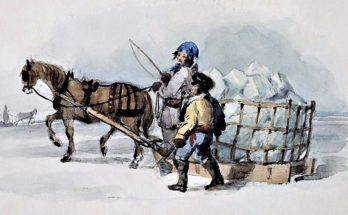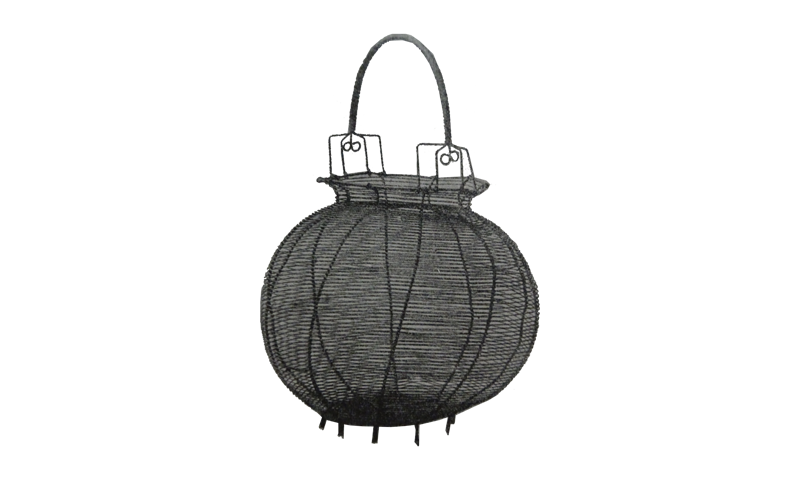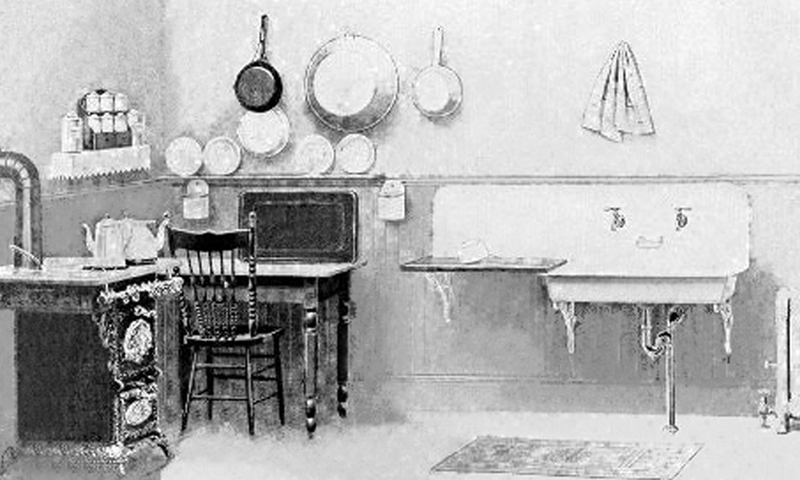Ancient grist mills automated
In the 1780s Oliver Evans of Delaware invented a grist mill design that was more efficient. Before this, grist mills hadn’t changed their design since the Middle Ages. He was the 3rd person to be granted a patent by the newly opened American Patent Office. Out of necessity in the 1790s many grist mill owners switched to Evan’s grist mill design to stay competitive in the marketplace.
His design included a hopper to process and dry grain, automated conveyances, and other updates.
1830s Grist mills not limited to water supply
By the 1830s mills were powered by steam engines, and no longer had to be located on a river to generate power.

In 1850 there were over 100,000 gristmills. Because people had to visit the mill weekly to get their flours, the local mill became a social event. Now there are fewer than 1,000 mills in the United States, but some are open to the public.
If you’d like to visit one, here is a partial list:
- 1636: Jenney Grist Mill, Plymouth, Massachusetts
- mid-1600s: Water Mill, Water Mill, New York
- 1682 (rebuilt 1955): Wye Grist Mill, Wye Mills, Maryland
- 1689: East Rockaway Grist Mill Museum East Rockaway, New York
- c. 1735 (rebuilt 1885): Slade’s Mill, Revere, Massachusetts
- c. 1750: Obadiah Latourette Grist and Saw Mill, Washington Township, New Jersey
- c. 1751: Stony Brook Grist Mill, Stony Brook, New York
- 1756: Yates Mill, Raleigh, North Carolina
- 1785: Burwell-Morgan Mill, Millwood, Virginia
- 1700s: Saddle Rock Grist Mill, Saddle Rock, New York
- 1802: Clifton Mill, Clifton, Ohio
- 1816: Caverns Creek Grist Mill, Howes Cave, New York
- 1820s-1890s: Hanford Mill, East Meredith, New York
- 1825: Bollinger Mill State Historic Site, Burfordville, Missouri
- 1826: Algonquin Mill, Carrollton, Ohio
- 1826: Cooper Gristmill, Chester, New Jersey
- 1832 (rebuilt 1974): War Eagle Mill, War Eagle, Arkansas
- 1839: Busti Mill, Busti, New York
- 1845: Rikard’s Grist Mill, Beatrice, Alabama
- 1846: Florence Mill, Omaha, Nebraska
- 1847: Wolcott Mill, Ray Township, Michigan
- 1856: The Old Mill, Ortonville, Michigan
- 1864 Dell’s Mill, Augusta, Wisconsin
- 1864: The Aztec Mill Museum, Cimarron, New Mexico
- 1870: Verdigre Heritage Museum Complex, Grist Mill, Verdigre, Knox County, Nebraska
- 1872: Butte Creek Mill, Eagle Point, Oregon
- 1873: Parker Mill Grist Mill, Ann Arbor, Michigan
- 1876: Cedar Creek Grist Mill, Woodland, Washington
- 1880s: Neligh Mill, Neligh, Nebraska
- 1888: Champion Mill State Historical Park, Champion, Nebraska
- 1888-1889: Phelps Mill, Underwood, Minnesota
- 1896: Grimes Mill, Salisbury, North Carolina (also has an ice house)
- late 1800s: Cleveland Roller Mill Museum, Mora, New Mexico
- 1903: Raye’s Mustard Mill Museum, Eastport, Maine
- 1908: Dillard Mill State Historic Site (water-powered gristmill), Davisville, Missouri
- 1909: Grenola Elevator Museum, Grenola, Kansas
- 1913: Murray’s Mill, Newton, North Carolina
More Mills:
See the wikipedia site for List of Water Mills, tidemills, and Gristmill
See Threshing and Milling post
Reference:
* Gristmills, Grinding grain, preserving history by Marti Attoun. American Profile. Harold Rapp, president of the Society for the Preservation of Old Mills.
* Eating History: Thirty Turning Points in the Making of American Cuisine, by Andrew F. Smith, 2009
* The Young Mill-Wright and Miller’s Guide, by Oliver Evans, 1795


